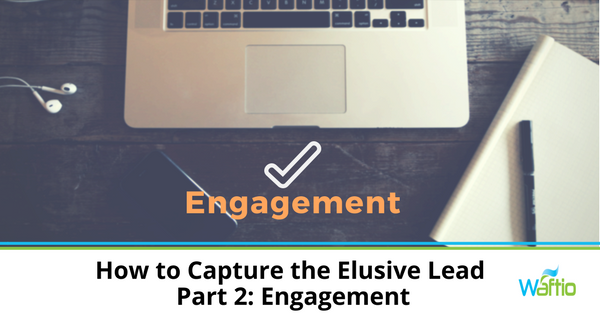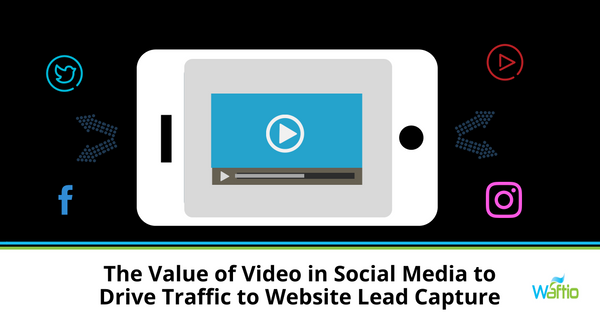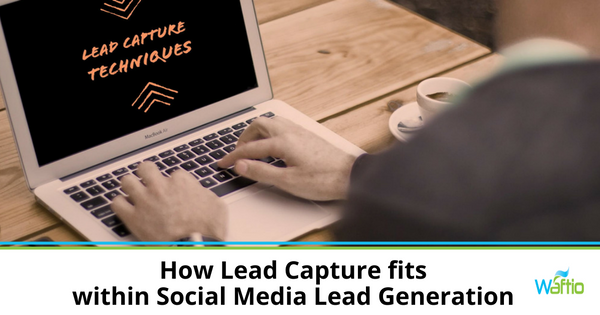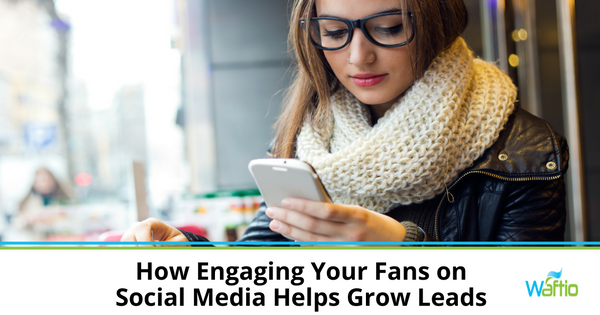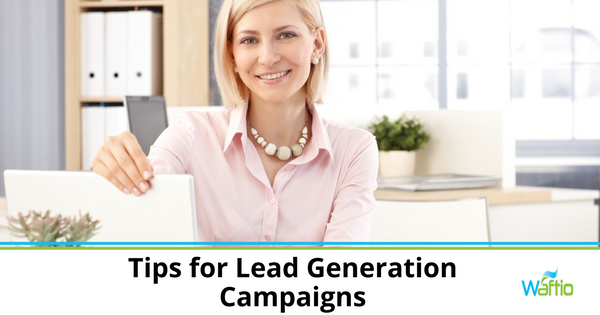
An effective lead generation campaign is made up of multiple elements working together. Here’s a list of these different ingredients along with ways to maximize them:
-
Tools
There are tools you can use to manage and store your leads. These tools will help you get to know your target market beyond names and email addresses. You’ll get access to crucial information, like what visitors do before completing a lead conversion form, and what they do after completing the form. You’ll know how they navigate the site, where they spend time, and what clicks they link. The best thing, some of these tools are free.
HubSpot Marketing Free lets you add contact forms and pop-ups to capture your lead’s information. If you already have forms, submissions will be automatically captured. Once a form is submitted, additional information associated with your lead’s email address will be gathered. You’ll see your lead’s public social profiles, giving you more insight on the kind of consumer they are.
Another free tool, HotJar, tracks visitor behavior through heat maps. These record movement on your website. You’ll see taps and clicks as they happened on your site. It identifies those parts of your site that are usable and intuitive, and the parts that aren’t. This can help you redesign your website to make it more user-friendly, especially for mobile screens.
-
Incentives
Creating engaging offers for every stage of the marketing funnel will help generate more leads. All conversions start out at the awareness level. They move down the funnel to the last level (which is advocacy) simply because they liked what they see at every stage and want to see more. So don’t ignore someone who’s looking around, in favor of someone who’s thinking of making a purchase. Treat both of them well.
The person who’s more interested in reading a brochure than signing up for a free trial may be persuaded to convert, but only if you nurture them from the start of the buyer’s journey.
Offers don’t have to be monetary in value at the early stage where people are looking for information. They’re not even thinking of buying anything yet, so deals like discounts won’t matter much. What’s important is relevant content, so offer e-books, whitepapers, checklists, or other resources they may find interesting.
-
Social media platforms
Many online marketers use social media to raise brand awareness. It’s not a surprise because it is effective. But it’s also effective for lead generation. Instead of posting links to articles, infographics, videos, and website content, you can post links to your landing pages with deals’. You can also post links to your best performing posts (a.k.a. those that generate the highest number of leads).
Use the unique features of your chosen platform. For example, Facebook lets you add a CTA button on your Facebook Page. With one click, it directs people straight to your website.
Twitter has Lead Gen Cards which generates leads within a tweet. When a user clicks on the CTA, that user’s name and email address will be sent to your form – all without them having to leave Twitter.
A lead generation campaign can go so many ways, but if you follow these tips, your own campaigns will blossom.

Author: Mike Gingerich, President of web firm Digital Hill, Co-Founder of TabSite .
Digital and Social Media Marketer, Speaker, and Business Consultant. Part geek, part marketer, total digital junkie! Seeking to add value, make the complex simple, and leave a positive impact.
Follow me on twitter: @mike_gingerich.
